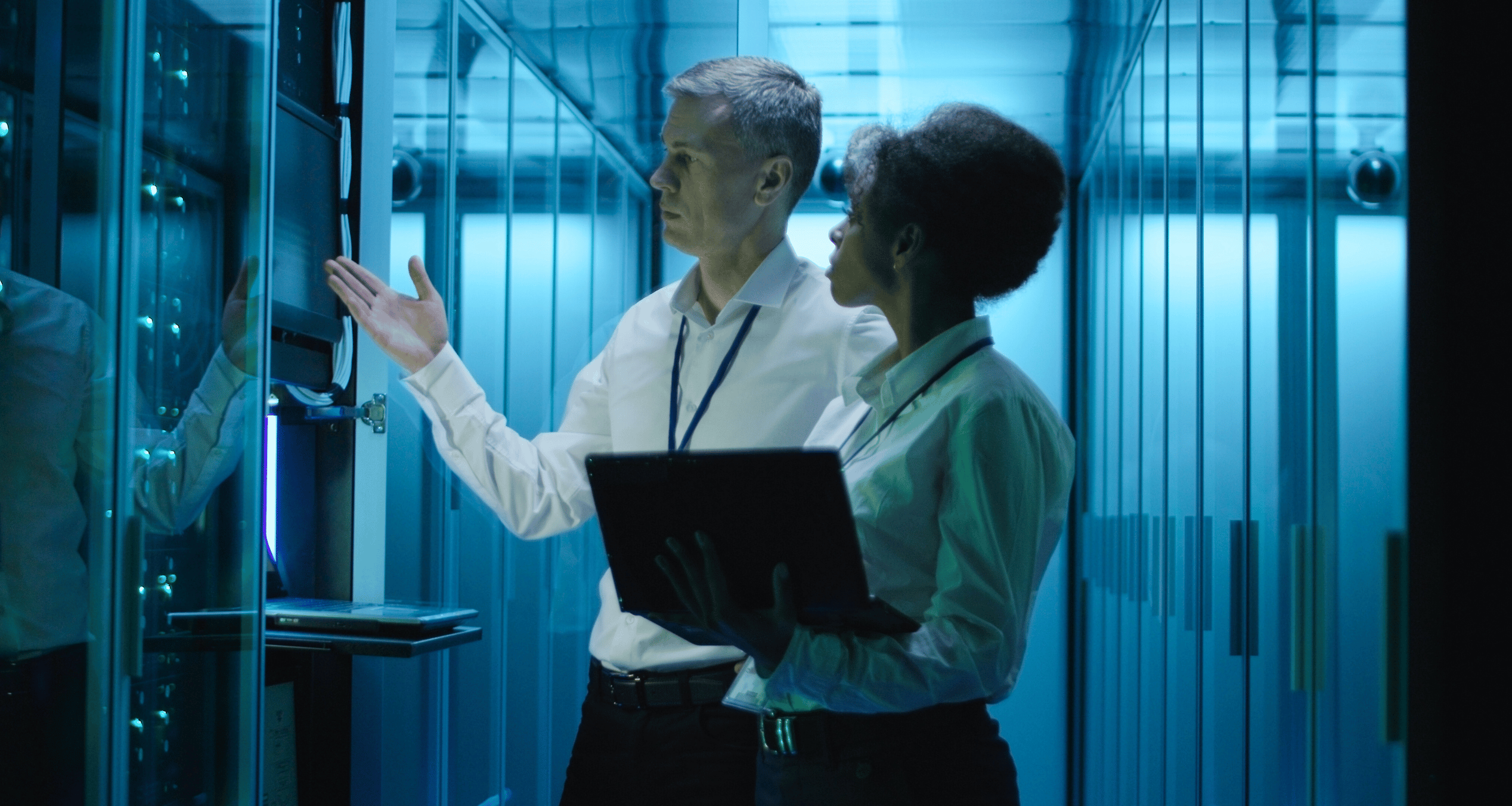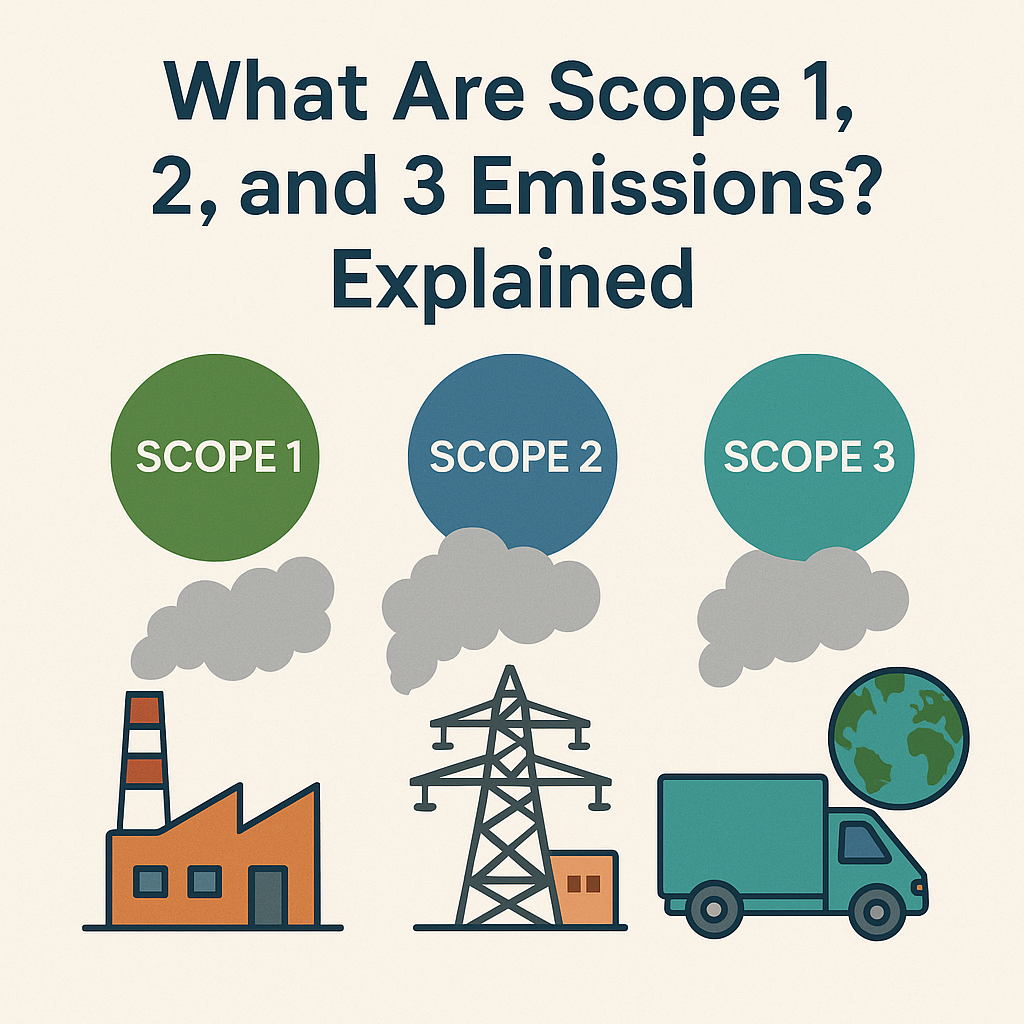Introduction
The nexus between data centers, cloud computing, and greenhouse gas emissions is a topic of increasing importance. As businesses transition into the digital age, their reliance on data centers and cloud services has grown exponentially. The convenience, scalability, and cost-effectiveness of cloud computing have made it an indispensable part of modern operations. However, this transition has come with its own set of challenges, primarily revolving around environmental impact.
Data centers are the backbone of cloud computing, housing vast networks of servers that store and process data for businesses of all sises. The global data center industry has been on a relentless growth trajectory, driven by the insatiable demand for digital services. According to recent statistics from the International Data Corporation (IDC), the global datasphere is expected to reach 175 zettabytes by 2025, nearly five times the amount in 2018. This data explosion is, in turn, fueling the proliferation of data centers.
As data centers multiply to accommodate this exponential growth, so too do their energy demands. The environmental impact of these facilities cannot be underestimated. A report by the Uptime Institute revealed that data centers worldwide consumed 200 terawatt-hours (TWh) of electricity in 2020, equivalent to the annual energy consumption of some countries. This voracious appetite for power results in substantial carbon emissions, making data centers a significant contributor to GHG emissions globally.
Understanding the environmental implications of data centers and cloud computing is crucial for organisations seeking to minimise their carbon footprint. In an era where sustainability is a cornerstone of corporate responsibility, GHG accounting has become a focal point for both large enterprises and small to medium-sized enterprises (SMEs).
The Digital Backbone: Data Centers and Cloud Computing Unveiled
Data Centers: The Digital Fortresses
Data centers are the unsung heroes of the digital age, serving as the nerve centers of the internet and corporate IT infrastructure. These facilities house an intricate network of servers, storage systems, networking equipment, and security measures, all working in concert to store, process, and transmit vast volumes of data.
The proliferation of digital services and the explosion of data have driven the rapid growth of data centers. According to the Data Center Market 2021-2026 report by ResearchAndMarkets.com, the global data center market is projected to grow at a compound annual growth rate (CAGR) of 10% between 2021 and 2026. This growth is fueled by the increasing adoption of cloud computing, edge computing, and the internet of things (IoT).
Cloud Computing: The Digital Utility
Cloud computing is the democratisation of computing power and storage, enabling individuals and organisations to access and utilise resources remotely over the internet. It provides an agile and cost-effective solution for businesses to run applications, store data, and leverage advanced technologies without the need for extensive on-premises hardware.
Cloud computing has witnessed explosive growth, becoming an integral part of business operations. According to Gartner's Forecast: Public Cloud Services, Worldwide, 2019-2025, the worldwide public cloud services market is projected to grow by 19% in 2022, reaching a total of $461 billion. This growth is driven by the adoption of cloud infrastructure, platform services, and software as a service (SaaS) across industries.
Data Centers: Energy Consumption and Carbon Emissions
Data centers, often hidden in plain sight, wield immense power in the digital age. They serve as the guardians of data, ensuring its accessibility and reliability for businesses worldwide. However, this convenience comes at a substantial cost to the environment. In this exploration, we will delve deep into the environmental impact of data centers, with a laser focus on their energy consumption and carbon emissions.
Energy Consumption: The Relentless Hunger
Data centers are insatiable energy consumers, and the scale of their appetite is astonishing. To put it into perspective, consider this: in 2020, data centers in the United States alone accounted for nearly 2% of the nation's total electricity usage. This unceasing demand for power is driven by several factors:
- 24/7 Operation: Data centers never sleep. They operate round the clock, 365 days a year, to ensure uninterrupted access to data and applications. This constant activity requires a significant and continuous supply of electricity.
- Optimised for Performance, Not Efficiency: The servers within data centers are engineered for peak performance rather than energy efficiency. Even during periods of low demand, they continue to consume substantial amounts of electricity.
- Cooling Systems: The temperature within data centers must be meticulously controlled to prevent equipment overheating. This necessitates energy-intensive cooling systems that maintain a consistent and cool environment.
- Redundancy: Data centers are built with redundancy in mind to minimise the risk of downtime. Redundant systems require additional power to operate, even if they are not actively in use.
The result is a colossal energy footprint that has far-reaching consequences for the environment.
Carbon Emissions: A Silent Menace
Data centers' impact extends beyond their voracious energy consumption, as they are also significant contributors to carbon emissions. The source of the electricity that powers data centers plays a critical role in determining their carbon footprint.
In regions where coal and fossil fuels dominate the energy mix, data centers emit substantial amounts of carbon dioxide. For example, in the United States in 2018, data centers were responsible for approximately 68 million metric tons of carbon dioxide emissions. This is equivalent to the emissions of about 14 million cars for a year.
In essence, if the global data center industry were considered a single entity, it would rank among the top 20 carbon emitters in the world. This stark reality underscores the urgency of addressing their environmental impact.

Sources of GHG Emissions from Data Centers
The GHG emissions from data centers can be divided into two categories: direct and indirect. Direct emissions are those that occur on-site, such as from backup generators, cooling systems, and other equipment. Indirect emissions are those that occur off-site, such as from the electricity generation and transmission, the production and transportation of fuels, and the manufacturing and disposal of equipment.
The relative contribution of each source to the total GHG emissions of data centers depends on several factors, such as the location, size, design, operation, and energy mix of the data center. However, some general trends can be observed from the available data and studies.
Electricity Consumption
The most significant source of GHG emissions from data centers is the electricity consumption of the information technology (IT) equipment, such as servers, storage devices, and network devices. According to a study by Lawrence Berkeley National Laboratory, the IT equipment accounted for about 50% of the total data center energy consumption in 2018. The electricity consumption of the IT equipment depends on the workload, the utilisation rate, the power management, and the efficiency of the equipment.
The electricity consumption of the IT equipment also affects the electricity consumption of the other components of the data center, such as the power distribution and conditioning systems, the cooling systems, and the lighting systems. These components are collectively known as the data center infrastructure, and they accounted for about 38% of the total data center energy consumption in 2018. The electricity consumption of the data center infrastructure depends on the power usage effectiveness (PUE), which is the ratio of the total data center energy consumption to the IT equipment energy consumption. A lower PUE indicates a more efficient data center infrastructure.
The GHG emissions associated with the electricity consumption of data centers depend on the carbon intensity of the electricity grid, which is the amount of CO2 emitted per unit of electricity generated. The carbon intensity of the electricity grid varies widely across regions and countries, depending on the share of fossil fuels and renewable energy sources in the electricity mix. For example, in 2019, the carbon intensity of the electricity grid ranged from 13g CO2/kWh in Norway to 927g CO2/kWh in Mongolia. Therefore, the location of the data center has a significant impact on its GHG emissions.
Backup Power Systems
Another source of GHG emissions from data centers is the backup power systems, such as diesel generators and lead-acid batteries, that provide emergency power in case of grid failures or power outages. The backup power systems are typically used infrequently and for short durations, but they can emit a large amount of GHG emissions when they are activated. According to a study by Stanford University and Carnegie Mellon University, the backup power systems accounted for about 1.5% of the total GHG emissions from data centers in the U.S. in 2005. However, this estimate was based on several assumptions and uncertainties, such as the frequency and duration of power outages, the emission factors of backup power sources, and the data center energy efficiency.
The GHG emissions from the backup power systems can be reduced by improving the reliability and resilience of the electricity grid, minimising the use of diesel generators, and adopting more advanced backup power technologies, such as fuel cells, flywheels, and lithium-ion batteries.
Embodied Emissions
The third source of GHG emissions from data centers is the embodied emissions, which are the emissions that occur during the life cycle of the data center equipment, such as the manufacturing, transportation, installation, maintenance, and disposal of the equipment. The embodied emissions are often overlooked or underestimated, but they can account for a significant share of the total GHG emissions of data centers, especially for newer and smaller data centers. According to a study by Huawei Technologies, the embodied emissions accounted for about 11% of the total GHG emissions of data centers in 2019.
The embodied emissions of data center equipment depend on the materials, processes, and energy sources used in the production and transportation of the equipment, as well as the lifespan and recycling rate of the equipment. The embodied emissions of data center equipment can be reduced by using more recycled and renewable materials, improving the energy efficiency and emission reduction of the production and transportation processes, extending the lifespan and utilisation rate of the equipment, and increasing the recycling and reuse rate of the equipment.
Adopting green policies and practices could reduce the GHG emissions from data centers by 10% by 2025
Solutions for Reducing GHG Emissions from Data Centers
Data centers need to adopt green policies and practices to reduce their GHG emissions, besides improving their energy efficiency and increasing their renewable energy use. These policies and practices include setting GHG reduction targets, reporting GHG emissions, implementing carbon pricing, and engaging stakeholders.
This can be achieved by following the standards and guidelines of the industry and the government, joining the initiatives and programs of the organisations and the community, and collaborating with the partners and the customers. According to the IEA, adopting green policies and practices could reduce the GHG emissions from data centers by 10% by 2025.
Some examples of green policies and practices for data centers are:
- Setting GHG reduction targets, such as committing to net-zero emissions, carbon neutrality, or science-based targets, to align the data center operations with the global climate goals and demonstrate the leadership and responsibility of the data center industry.
- Reporting GHG emissions, such as using the GHG Protocol, the CDP, or the GRI, to measure, monitor, and disclose the GHG emissions from the data center operations and identify the opportunities and challenges for GHG reduction. This can be significantly enhanced by incorporating a carbon assessment platform like Carbon Analytics that can help streamline the assessment process and provide valuable insights into carbon-related data, enabling a more comprehensive approach to reducing GHG emissions.
- Implementing carbon pricing, such as applying a carbon tax, a cap-and-trade system, or an internal carbon fee, to reflect the social and environmental costs of GHG emissions from the data center operations and incentivise the adoption of low-carbon solutions.
- Engaging stakeholders, such as collaborating with the suppliers, the customers, the regulators, and the NGOs, to share the best practices and experiences, to promote the green standards and certifications, and to support the green initiatives and programs.
Reduce, Offset, and Achieve Carbon Neutrality with Carbon Analytics
With Carbon Analytics, you can turn your insights into actions by following a comprehensive plan to monitor your emissions across different areas of your operations, connect your projects to your specific reduction goals, and buy offsets for any remaining footprint. By doing so, you can achieve carbon neutrality and show your commitment to sustainability.



